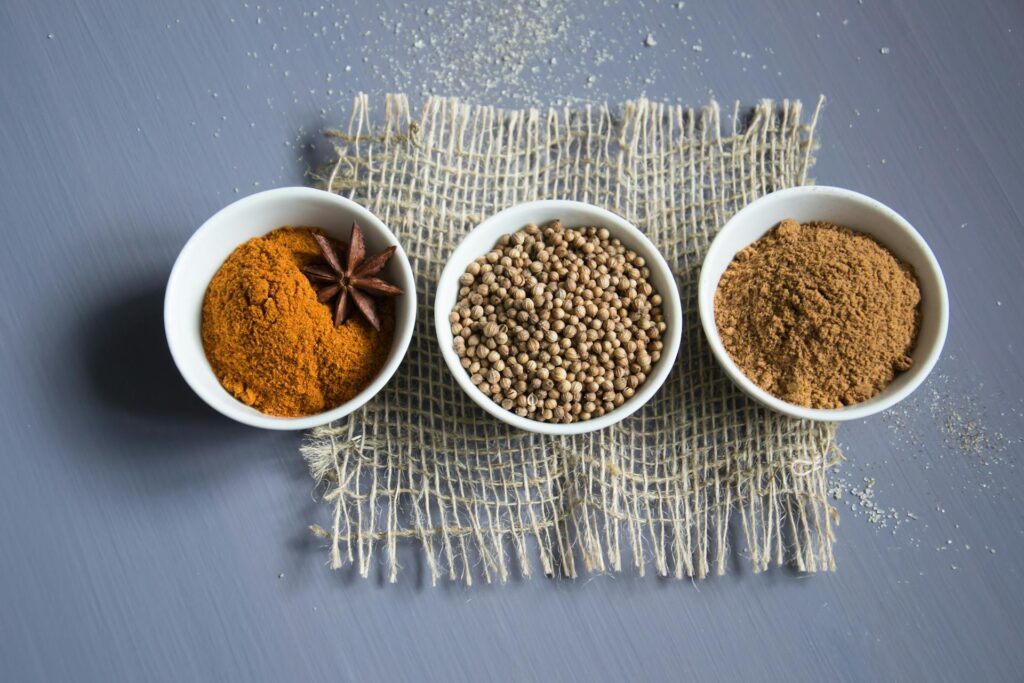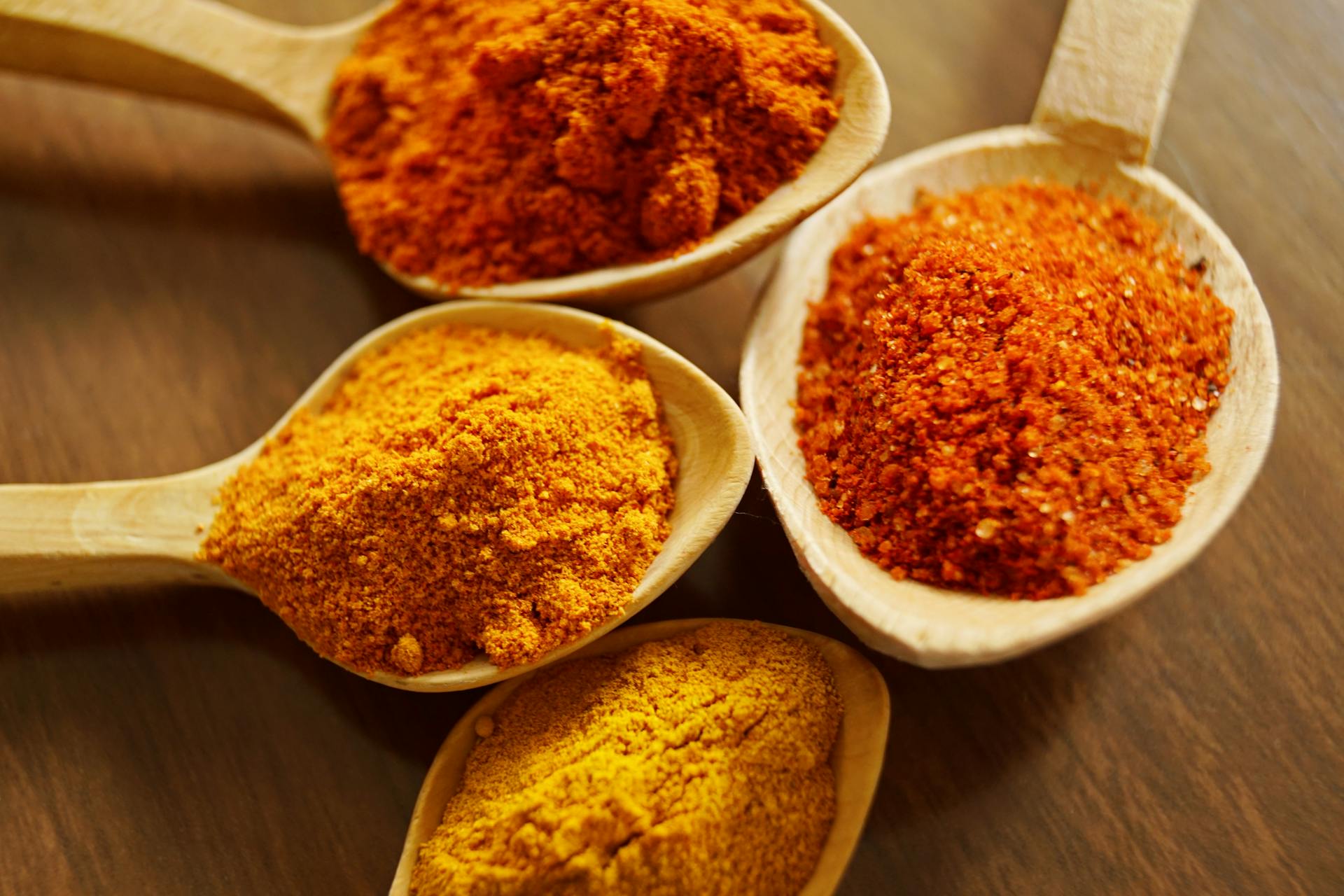Embarking on a culinary journey into the realm of spices is like unlocking a treasure chest of flavours, colors, and aromas. Spices are the soul of a dish, transforming the mundane into the extraordinary. However, navigating the spice route requires a blend of art and science to unveil the full potential of these humble yet powerful ingredients. Whether you’re a seasoned chef or a kitchen novice, understanding how to cook with spices can elevate your home cooking to new heights. Let’s explore these flavorful pathways and discover how to skillfully incorporate spices into your dishes.
Understanding Spices
Spices are derived from plants’ roots, seeds, fruits, or bark and used for flavoring, colouring, or preserving food. Unlike herbs, which come from the leaves of plants, spices often have a more intense flavour due to their essential oils and aromatics.

The Art of Toasting
Toasting spices before using them is a game-changer. The heat coaxes out the oils, intensifying both flavour and aroma. Here’s how:
- Dry Toasting: Place spices in a dry pan over medium heat. Stir frequently until the spices become fragrant. This method is ideal for whole spices.
- Oil Toasting: For a richer flavour, toast your spices in a small amount of oil or butter. This approach is great for both whole and ground spices.
Grinding Spices
While pre-ground spices are convenient, they can’t match the vibrancy of freshly ground spices. Purchase spices whole, and invest in a spice grinder or use a mortar and pestle. Ground spices just before using to ensure maximum potency and flavour.
Layering and Timing
Adding spices at the right moment is crucial. Here’s a basic guideline:
- Early Stages: Add hearty, robust spices like cumin or cinnamon early in the cooking process. They need time and heat to release their flavours.
- Later Stages: Delicate, aromatic spices, such as nutmeg or cardamom, should be added towards the end to preserve their subtle notes.
Balancing Flavors
Understanding the flavour profile of spices is key to creating a balanced dish. Spices can be categorized into:
- Warm and Sweet: Cinnamon, nutmeg, and cardamom bring warmth and sweetness, perfect for baking and dessert.
- Earthy and Smoky: Cumin, turmeric, and smoked paprika ground dishes with depth and complexity.
- Spicy and Hot: Red pepper flakes, cayenne, and black pepper offer varying levels of heat to perk up any dish.
Experiment with combinations, but remember: moderation is your friend. You can always add more, but it’s challenging to correct over-seasoning.
Freshness Matters
The potency of spices declines over time, so keep an eye on shelf life. Whole spices can last up to 4 years, while ground spices are best used within 1-2 years. Store them in airtight containers away from heat, moisture, and direct sunlight to preserve their flavours.
Experiment and Explore
Cooking is an adventure, and spices are your currency to explore global cuisines. Start with familiar blends, then gradually expand your palette. Try creating your spice blends, adjusting the flavours to suit your taste.
Infusing Oils and Liquids
Another method to impart flavour is by infusing spices into oils or cooking liquids. Let whole spices soak in warm oil or add them to broths; as the liquid heats up, the essence of the spice’s melds into it, creating a base layer of flavour.
Conclusion
Spices are more than just seasoning; they’re a way to connect with cultures, tell stories through flavours, and elevate the ordinary to extraordinary. The path to mastering the art of cooking with spices is one of experimentation, discovery, and delight. Embrace the journey, and let the spices lead the way to more flavorful, vibrant, and exciting dishes. Remember, every pinch and dash are a step towards becoming not just a cook, but an alchemist of the kitchen.





